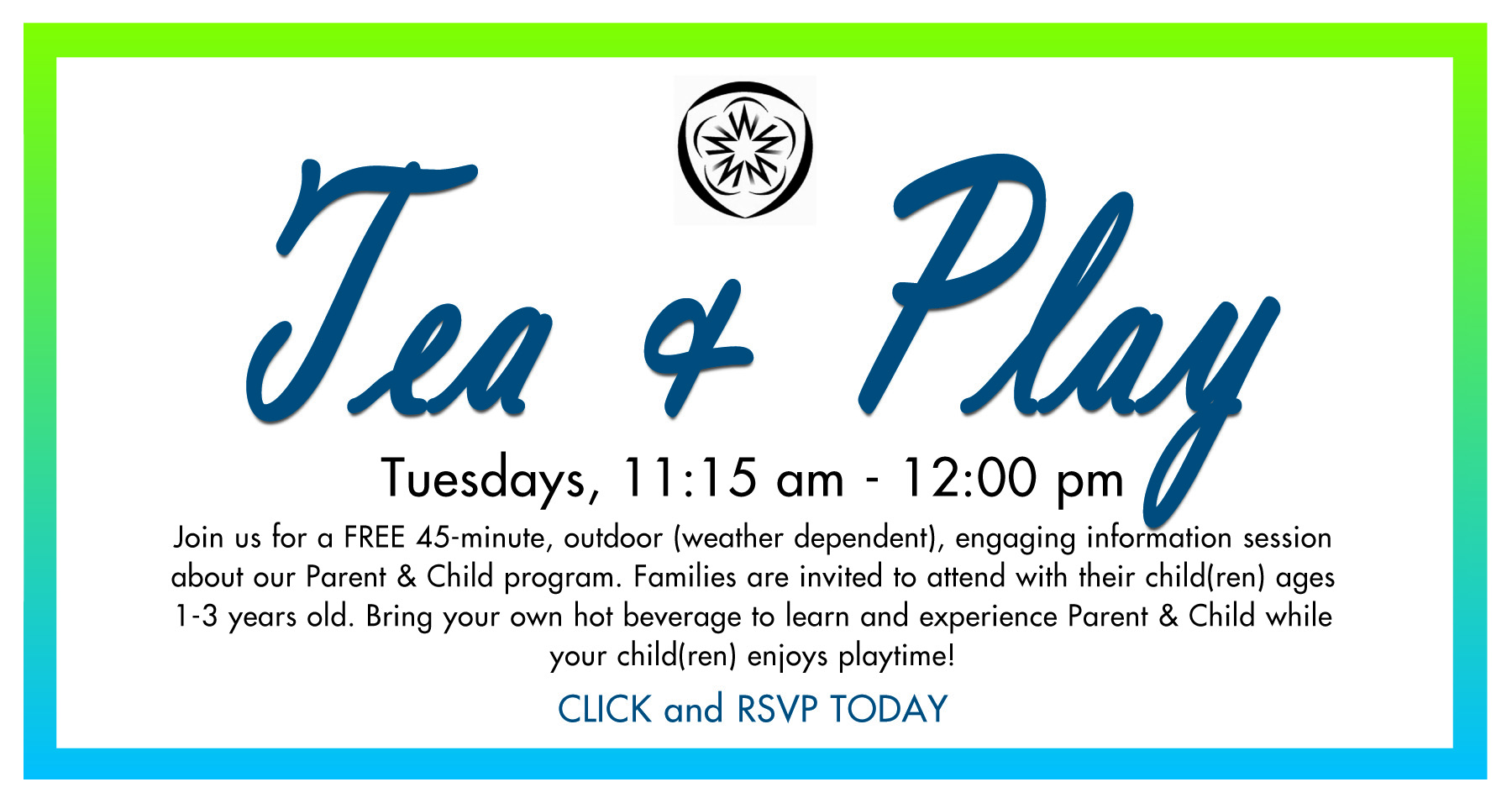The Perks of a Play-in-the-Mud Educational Philosophy
 The excerpt below is from an article in The Atlantic. You can read the full article on their website.
The excerpt below is from an article in The Atlantic. You can read the full article on their website.
Most American kids don’t spend large chunks of their day catching salamanders and poking sticks into piles of fox poop. In a nation moving toward greater standardization of its public-education system, programs centered around getting kids outside to explore aren’t normal.
But that’s precisely what students do at the Nature Preschool at Irvine Nature Center in Owings Mills, Maryland. There, every day, dozens of children ages 3 to 5 come to have adventures on Irvine’s more than 200 acres of woodlands, wetlands, and meadows. These muddy explorers stand out at a moment when many American pre-K programs have become more and more similar to K–12 education: row after row of tiny kids, sitting at desks, drilling letter identification and counting.
Mention how anomalous this seems, though, and the teachers at the Nature Preschool can only express their wish that that weren’t the case: Why is it odd for 4-year-olds to spend the bulk of their time outside? When did America decide that preschool should be boring routines performed within classroom walls?
Read the full article on The Atlantic.
